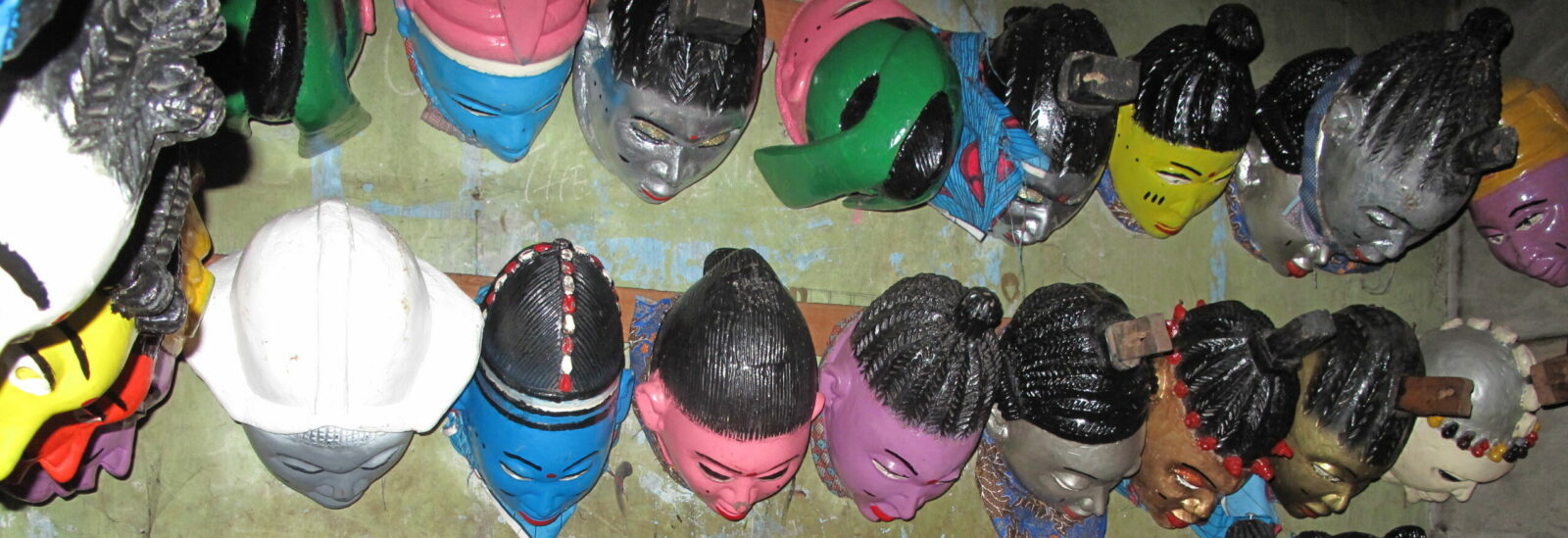Blog
Preman and Jawara
It’s (kinda) all in a name.
The terms ‘preman’ and ‘jawara’ are frequently used as synonyms. Sometimes ‘jawara’ is used as a means to explain ‘preman’. Both terms have rich connotations in Indonesian and non-standardised Malay. Preman figure as characters in novels and films; sometimes as objects of ridicule, while at others as symbols of an unpoliced criminal underbelly of a prosperous city. In the popular and acclaimed film, The Act of Killing, preman as algojo (hitmen) were the leading protagonists whom Joshua Oppenheimer used to tell his version of the 1965-66 mass killings.
Preman is often defined as: hoodlum, petty criminal, thug. It relates to ‘gali’ and ‘jeger’. Yet, ‘berbaju preman’ is to be [a law enforcement officer and] ‘to be dressed in plain clothes [civvies].’ It is also to possible to say, ‘berperilaku preman’, ‘bergaya preman’, meaning ‘to act like a preman’ or ‘to have the style of a preman’. ‘Preman’ can also refer to a retired soldier. In the film, Lewat Djam Malam, after the curfew, the referred to as a ‘preman’: for he has left the army after fighting against the Dutch and then seeks to restart his ‘civlian’ life. Some preman don’t roam the streets but are found in fancy offices and parliament and governmental offices: they’re known as preman berdasi, preman who wear ties’.
Preman are seemingly always male. While they conform to heteronormative and macho, masculinist stereotypes, some also exhibit a degree of style and urban cool – such as Anwar Congo of Medan, who was the primary storyteller in The Act of Killing. Such was the success of the film, Congo even made it into the rarefied air of the obituary page of the esteemed English news magazine, The Economist. A female preman is the subject of Seno Gumira Ajidarma’s story, Preman Perempuan, in which the main female character fights against the men who seek to take advantage of other women. Other examples are seemingly few and far between.
In various texts, the words preman, jawara, gali, jago, jeger are lined up one next to another as if they are all synonyms. Preman is often translated into English as ‘thug’ or ‘strong man’. These terms don’t do the Indonesian term (of Dutch origins, apparently) justice. And thus numerous scholars prefer not to translate it or to indicate that it exists between various existing terms. One of Bakker’s articles indicates this tension, for he asks the question: ‘gangster or social bandit?’
Maybe it is the circles I move in, but I have never heard ‘strong man’ used in the daily vernacular – separate from ‘he is a strong man’, for example, in reference to physical capabilities. Thug, too, does not do ‘preman’ justice, as it refers too specifically to violent tendencies. A preman threatens violence, or, rather, embodies violence. He may get others to do the actual dirty work though (as in a preman berdasi). A preman’s authority is established through networks, reputations and ability to navigate trends in how a city is moving. A thug does little but establish a reputation through the use of force. He is little but an outsized bully.
I was recently sitting in a courtyard at UU talking with Zaki for I was deferring entering the library. I wanted some conversation rather than book-time. Zaki said to me, ‘so many people think preman and jawara are the same, but my interlocutors in Jakarta have a different understanding.’ We first established that we were talking about ‘jawara’ and not ‘juara’: a term perhaps less slippery and usually translated as ‘champion’ or ‘fighter’. The SEALang Dictionary however offers no differentiation between jawara and juara. So, I asked him, ‘What is the difference, Zaki?’
‘A jawara is someone who defends local community with his physical and ascetic prowess. While a preman is someone who uses their violent reputation or skillset for their own benefit. A jawara is from the community that he [always a he, seemingly] is defending. Preman are supposedly not from the area where they are operating. And thus the residents use the term ‘preman liar’: or, ‘wild preman’. This of course contrasts with the term ‘preman jinak’ [slight laughter], which is a kind of condescending term for preman of little influence, or preman who have lost their authority. Indeed, a Jawara is seen as a more legitimated actor to control and defend the local community and territory.
Elsewhere again, AbdouMaliq Simone refers to the preman as an archetypal urban figure who uses his ambiguous and ambivalent position as a means to create opportunities for himself and those he is connected to. In this case at least, Simone doesn’t pay much attention to the violence associated with preman. In this reading, a preman is like a hinge: enabling things to open.
Preman, as a term, remains slippery. Just as preman themselves operationalise their own slipperiness to become relevant in various circumstances and for multiple purposes.

